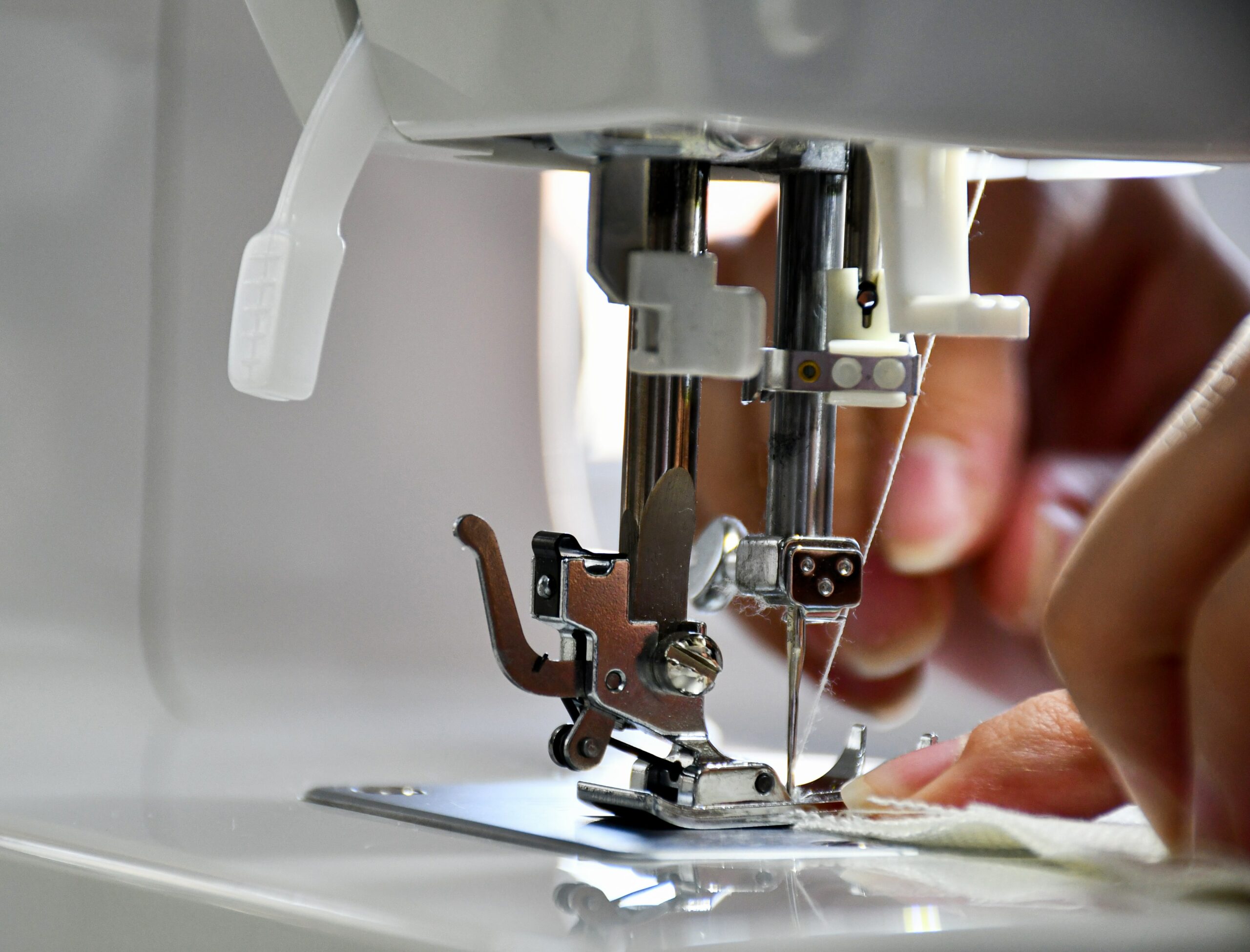
About Silana GMBH (limited liability)
- Founders: Michael Hofmannrichter, Anton Wohlgemuth, Michael Mayr
- Founded in: 2022
- Employees: 4
- Money raised: Equity, investment by INITS High Tech Incubator Vienna; Founder scholarship, business agency
- Ultimate goal: To revolutionize the fashion industry in a sustainable way: economically, socially and ecologically sustainable
Parts of clothing production have already been digitized and automated. This has not yet been achieved in the sewing process. So far, robots cannot sew more than simple T-shirts and stiff uniforms because they lack a crucial human skill – dexterity! The finer the fabric, the worse the performance of the robot, whose sensor technology is overtaxed with pliable fabrics. Michael Mayr, Anton Wohlgemuth and Michael Hofmannrichter, the three founders of Austrian start-up Silana, want to change that to make the fashion industry more ecological, social and economical. Michael tells us how to succeed in this episode of the start-up-of-the-day series:
What expertise do you bring to the table as a founding team?
Michael Mayr is our fashion market subject-matter expert. He comes from the family business Fussl Modestrasse, which operates a chain of stores with 200 locations. As a result, he knows the operational requirements and is very well networked in the European fashion industry.
Anton Wohlgemuth is a trained automation engineer and software expert. His programming skills in Python, PLC, Java, et cetera are especially crucial for software development and machine support.
I work in the investment management of B&C Holding for Lenzing AG and bring knowledge and network about the entire value chain of the textile processing industry.
What problem are you solving and why is that important?
We want to disrupt the outdated production methods of the fashion industry and thus sustainably change a trillion-dollar industry – in ecological, social and economic terms. Production in the fashion market is costly and transport distances are long. This creates a logistics and manufacturing chain for European fashion retailers that inevitably leads to delivery times averaging nine to twelve months. This makes it impossible to respond accurately or even quickly to market trends. As a result, the number of fashion retailers operating in Germany has more than halved over the past 15 years. COVID-19 has further exacerbated this problem.
If we bring the fashion industry back to the sales markets, the problematic working conditions in low-wage countries will disappear. From an environmental perspective, the immensely long transport routes become unnecessary and CO2 emissions can be reduced by an average of 80 percent. At the same time, lead times are reduced from the previous average of nine months to less than four weeks. This makes it easier to respond to market trends – and oversupplies can be largely avoided.
How would you describe your sewing robot?
We are currently in the patenting process and therefore cannot reveal much. Let me say this much: Our solution is based on a modular principle and will be capable of being integrated into existing systems. Several robots are involved and their functions include the separation of materials, their fixation and material-independent positioning, and the fixation, whereby fixation and fabric-independent positioning is possible even in 3D sewing processes. The central feature is that the different fabrics are taken into consideration. This enables the device to control the sewing head at exactly the right speed. In the long term, we would like to be able to produce all garments – from simple T-shirts to complex tailor-made suits – in a fully automated way.

What was the biggest obstacle you had to overcome?
The biggest obstacle was also our biggest blessing. We had wanted to start up in fashion before but then ran into the problem of long lead times. Our co-founder Michael Mayr brought it to our attention and told us about the absurd situation in the fashion industry. Our technician Anton then immediately came up with some possible solutions for automation. So we left one idea behind and the idea for Silana was born. In the end, we were more motivated than ever.
What have been the best moments so far?
The enthusiasm of companies in the fashion industry when we tell them about our solution. The acceptance is enormous – and so is the curiosity. Most companies want to network with us and consult with us. We now have letters of intent from companies with a cumulative turnover of more than 350 million euros. They believe in us – and that motivates us enormously.
The initial funding from the high-tech incubator INITS has of course made us very proud. The development successes that we were able to achieve with it were equally impressive.
How did you fare with the funding?
The initial money was already something very special. Currently we are in the first big investment round and the cards are being reshuffled. Raising a big seed round as a hardware company in the fashion industry is definitely challenging – but we are happy to take it on.
What are the conditions like in your location?
The Austrian startup landscape is really supportive. It already starts at the universities and goes through various funding opportunities to the different incubators. That helped us a lot in the early phase of our start-ups and that’s how we got our first investment. The only drawback: venture capitalists for the hardware sector are thin on the ground in Austria. But nothing stands in the way of international networking.
Where would you like to be with your company in five years?
We would like to have achieved full automation of simple garments and thus have clearly positioned ourselves as a technology leader in garment manufacturing.
What is unique about the Silana sewing robot?
We have already touched on many things above. The three most important things we do better than traditional producers are first, reduced lead times; second, improved sustainability; and third, reduced minimum order quantities.
Are you currently hiring?
Not at the moment. But that may change quickly with the upcoming funding round – stay tuned!

